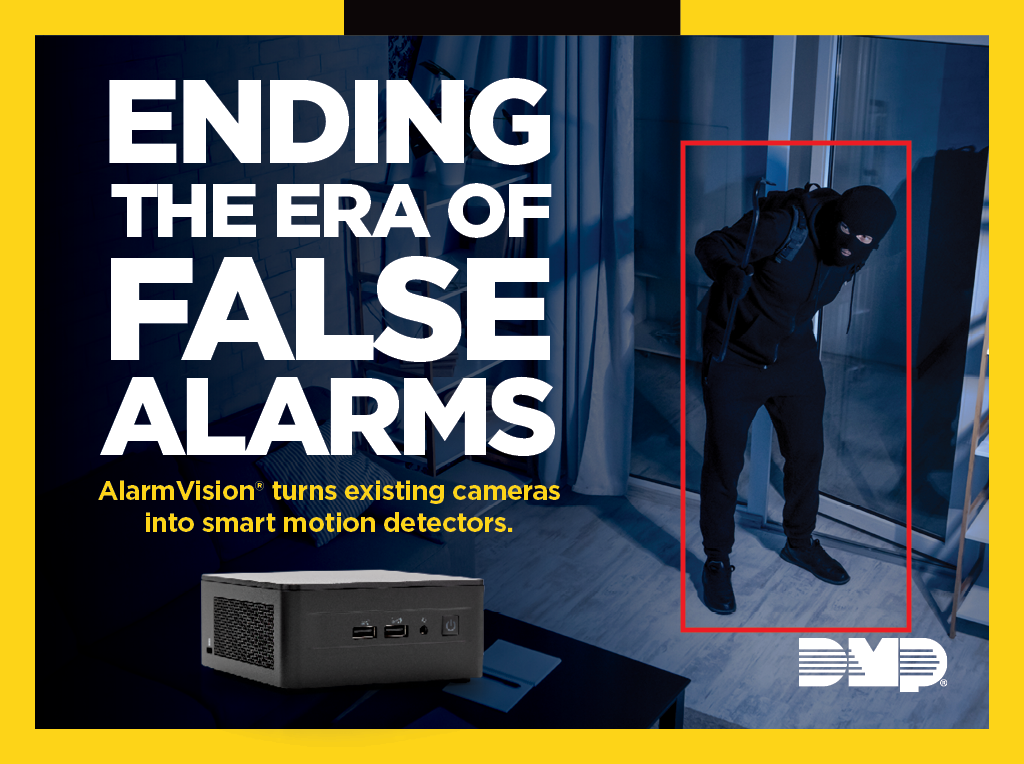Vlogging and the video culture of the youngest generations may seem strange to us parents and grandparents, but this mode of communication is mainstream for teens and younger kids. HAVE YOU HEARD of Jake or Logan Paul? My kids love Logan Paul! So, I know more about this 22-year-old vlogger than I care to.
Logan Paul is a YouTube star who posts a video of himself every day, (yes, every day) usually doing something ridiculous.
Jake and Logan Paul have made it big — at least, in my house — utilizing a new and growing trend called vlogging. Vlogging can have a cool place in learning if you are willing to jump out of your comfort zone and involve your employees.
Vlogging and the video culture of the youngest generations may seem strange to us parents and grandparents, but this mode of communication is mainstream for teens and younger kids.
Travel firm, First Choice, recently surveyed 1,000 kids aged 7-14. When asked what they wanted their career to be, 52% responded a “YouTube personality” or “Vlogger.” Not the doctor I was hoping my kids would want to be. However, some of these YouTube stars make millions and are highly respected professionals in their fields. The video culture and vlogging are here to stay — and we will need to embrace this communication method at home and in the workplace.
Vlogging is uniquely different than a video recording, as it allows an individual’s personality to be spotlighted alongside their skills. This is a main reason why vlogging has so much appeal. A training video can be dry and scripted, whereas a vlog is the opposite, full of surprises and animated behavior.
These differences make vlogging a great fit for training, as it allows any employee to share ideas or techniques in a quick, entertaining and personable way. Rather than the same talking head trainer/ manager doing the educating, other employees can be called upon to shoot a quick video that can then be shared with their colleagues. Not only will this add variety to your training program, it will also provide a way to recognize the employees who excel at certain tasks. This in turn, will create a new community within the workplace, where your employees’ personalities can come alive and a culture of sharing can be fostered.
So, how do you get started? The first step is to find someone, or a few people, who are willing to do the vlog recordings. It is best to choose someone with a pretty big personality — someone that won’t shy away from entertaining. Then, have them take the show out in the field.
Give them a list of procedures you want them to record and provide narration for. This person doesn’t have to be a highly-skilled technician, as you can have them out in the field interviewing the rock star techs. Remember to establish the guidelines for them, such as any rules for inappropriate behavior, language or humor. Everyone loves the humor until it creates an awkward work environment.
The second step, is to be sure they are properly equipped. There are some basic things they will need that aren’t too complicated or expensive. Your shopping list includes:
CAMERA. Their smart phone may work just fine, but to avoid space limits or challenges transferring the video I recommend a separate video camera for capturing the vlogs.
TRIPOD. Choose a light weight and flexible tripod to be sure you get stable video footage.
MICROPHONE. You can find inexpensive lapel mics that connect directly to your camera’s ports.
LIGHT. This one may not be necessary, but it wouldn’t hurt to have one at-the-ready. I recommend a ring light that can attach to your tripod. There are even some ring lights that come with a tripod that will also hold your camera.
EDITING SOFTWARE. There are some easy-to-use and inexpensive tools available. A few to consider are Movavi, Filmora or Cyberlink PowerDirector.
This all may seem daunting and expensive, but all-in-all this full set up will only cost about $250 and is easy to assemble.
Once you have your vlogger geared up, videos captured, and edited, you can then post the learning vlogs on a YouTube channel to share with the appropriate team members.
Remember, the key to creating successful training vlogs is the person in front of the camera.
A big personality is key. Once you have this person onboard, your employees will be excited to see their next training vlog — and learning a new skill will come naturally.




